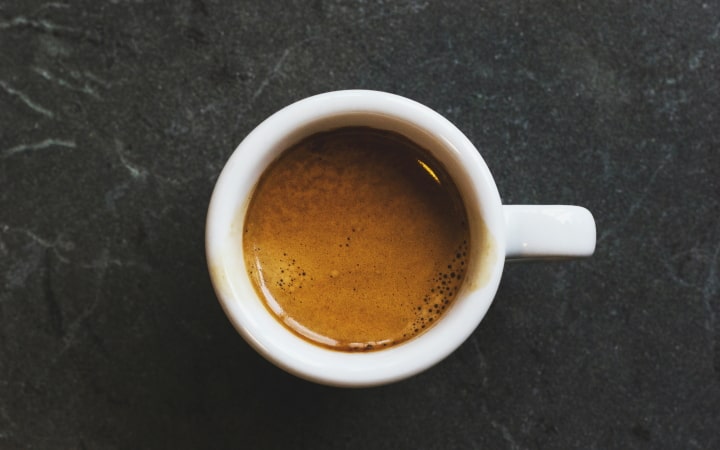
The Issues Behind the Preparation of Espresso Coffee
Table of Contents
Espresso is a drink that is mostly consumed and misunderstood although we are avid consumers, we could not come up with a clear response when asked what Espresso refers to. This is more so because it’s simpler to talk about the drink than it is. Sadly the preparation of Espresso is not known. However, experts agree on some elements as there are no clear guidelines thus no explicit menus for preparing this drink. The truth is that there lacks a universal reference for the preparation of Espresso.

What is Espresso
Most people agree that Espresso is a thick, concentrated coffee beverage with a dense top layer. It is made from coffee with a machine that forces hot water through finely-ground coffee packs for some time at high pressure. Espresso is the cover term that is used to describe this coffee-making process. This type of coffee gained popularity in the US among Italian immigrants but was not adopted till the emergence of Starbucks. It has from then become something between an art and a craving forming the third coffee wave propelled by the emergence of roasters such as Intelligentsia of Chicago, Slumpton from Portland, the Blue Bottle from Oakland, and Gimme from New York.
Espresso is not a bean as Kyle Glanville of Chicago’s Intelligentsia coffee roaster and retailer notes that people are not certain about Espresso and give gratitude to the emergence of espresso products such as the chocolate-coated espresso beans, but still, coffee is coffee. Any bean type can make Espresso because we think it is getting the specific roast requirement initially obtained in the US originated from south Italy, where dark roast coffee is preferred. Since then, coffee makers have used dark roast coffee beans, labeling specific dark roast as espresso beans. Espresso can also be made using different roast levels using any bean type. The traditional extremely dark roast is not common among top coffee roasters and baristas in America.

The Secret of Preparation Espresso
Espresso is not concentrated coffee. Making coffee using the Moka pot or the recent AeroPress produces stronger coffee than making it using the drip method, pour-over, and the French press, which all use the concept of pressure. The Moka pot is at times referred to as the stovetop espresso maker. Lounsbury, however, argues that the AeroPress and Moka pot near the espresso profile and adds that they still differ as the mechanical aspect is what produces unique Espresso.
Glanville says that the Moka pot is not Espresso and is not similar to Espresso. It is less concentrated compared to Espresso. He also added the Moka pot could not produce dense foam as Espresso when water under pressure is allowed through the coffee.
The top American roasters have not clearly defined Espresso’s aspects, but the requirements such as temperature, bean choice, time, and pressure agree with the barista. In Stumptown’s case, roasters, restaurants, and coffee shops have to take some time with Stumptown to learn to make standard coffee so that Stumptown agrees to become a supplier. Matt also told me that according to Stumpton’s view, Espresso uses the pressure of nine bars and highly labeled equipment to force water through 24 to 27 grams of coffee to produce a concentrated drink with a good taste.

These are Stumptown’s specific guidelines though they are not quite clear about what Espresso is and is not. This is because they are unclear about what Espresso is and what makes good Espresso. I asked Matt about home espresso makers, which are cheaper whether they produce real Espresso. He said it’s a challenging issue as it’s hard to tell what Espresso is clearly. Still, others that I spoke to said that every espresso maker that is less than $1,000 couldn’t produce adequate pressure, temperature consistency, and power compared to the commercial espresso makers. However, some said the homemakers were up to the standards. Kyle of the Intelligentsia says that few people can be able to use the home espresso coffee maker, although he doesn’t own one. He also added that this requires patience and finances as well. Geoff Watts, Kyle’s colleague, praised Stumptown’s view on Espresso and noted that it is consumed more than drip or press coffee. He added that it is a different coffee experience than taking drip coffee in small quantities over a small time frame. He said it’s also stronger where an espresso shot has little caffeine than a small coffee cup.

Оrder Сoffee Сarefully
Lastly, Espresso is not a word, and its use will put you in trouble, especially at the hands of a barista. You should be cautious. They may be stronger than they seem.
